Classical dendritic cells mediate fibrosis directly via the retinoic acid pathway in severe eye allergy
- PMID: 27595139
- PMCID: PMC5004741
- DOI: 10.1172/jci.insight.87012
Classical dendritic cells mediate fibrosis directly via the retinoic acid pathway in severe eye allergy
Abstract
Fibrosis is a shared end-stage pathway to lung, liver, and heart failure. In the ocular mucosa (conjunctiva), fibrosis leads to blindness in trachoma, pemphigoid, and allergy. The indirect fibrogenic role of DCs via T cell activation and inflammatory cell recruitment is well documented. However, here we demonstrate that DCs can directly induce fibrosis. In the mouse model of allergic eye disease (AED), classical CD11b+ DCs in the ocular mucosa showed increased activity of aldehyde dehydrogenase (ALDH), the enzyme required for retinoic acid synthesis. In vitro, CD11b+ DC-derived ALDH was associated with 9-cis-retinoic acid ligation to retinoid x receptor (RXR), which induced conjunctival fibroblast activation. In vivo, stimulating RXR led to rapid onset of ocular mucosal fibrosis, whereas inhibiting ALDH activity in DCs or selectively depleting DCs markedly reduced fibrosis. Collectively, these data reveal a profibrotic ALDH-dependent pathway by DCs and uncover a role for DC retinoid metabolism.
Figures
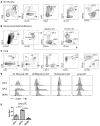
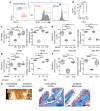
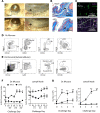
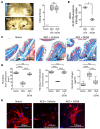
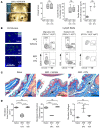
References
Grants and funding
LinkOut - more resources
Full Text Sources
Other Literature Sources
Research Materials

